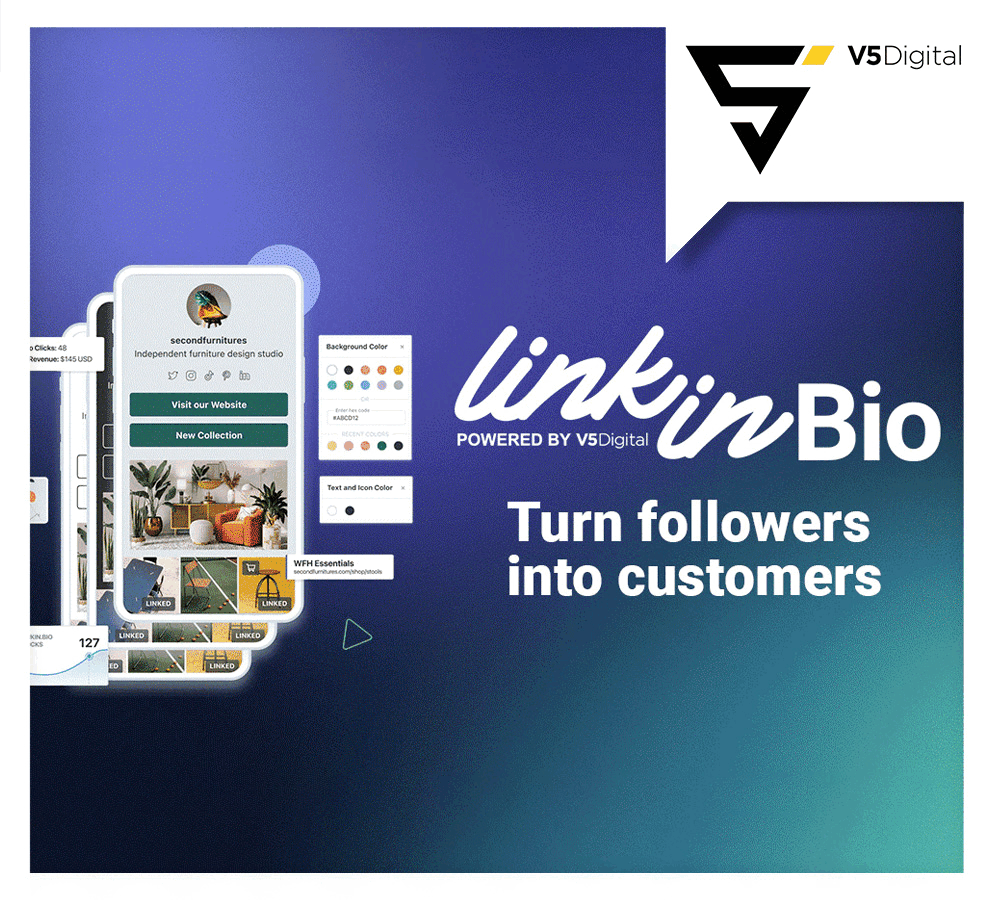
Imagine you're a chef trying to cook a delicious meal. You have all the ingredients you need, but if you don’t follow the recipe correctly, your dish is likely to turn out subpar. The same is true with Google Ads. Even if you have a great product or service to offer, if you don’t set up your campaigns correctly, you’re not going to get the results you want.
Even the top-spending ad accounts make one or more costly mistakes and number one on the list is:
1. Conversion Tracking Not Set up Properly: The Blindfolded Marketer
Imagine walking into a labyrinth without a map or any sense of direction. That’s exactly what happens when you neglect to set up conversion tracking. Without conversion tracking, you’re merely guessing which campaigns, keywords, or ads are generating actual results. It’s like wandering in the dark, hoping for the best.
Let’s say you’re running an e-commerce business, and your goal is to drive online sales. By implementing conversion tracking, you can track and attribute sales to specific ads or keywords. Without it, you’re left unaware of which campaigns contribute to your revenue, making optimization an uphill battle.
2. Irrelevant or Excessive Keywords: The Scatterbrained Advertiser
When it comes to keyword selection, quality trumps quantity. Overloading your campaigns with irrelevant or excessive keywords will not only drain your budget but also dilute your targeting efforts. Remember, relevance is the key to capturing the attention of potential customers.

Suppose you’re promoting a luxury travel agency specializing in exotic destinations. Using keywords like “cheap flights” or “budget accommodations” would attract budget-conscious travelers, not your desired high-end clientele.
Instead, focus on terms like “luxury travel packages” or “exclusive resorts” to target the right audience.
Studies indicate that narrowing down your keyword list to 10-20 highly relevant keywords can increase click-through rates by up to 200%. Quality beats quantity every time!
3. Neglecting Negative Keywords: The Wasted Impressions
Imagine if your ads were shown to people searching for something entirely different from what you offer. That’s where negative keywords come in. Failure to utilize negative keywords can result in wasted impressions, clicks, and ultimately, wasted budget.
Let’s say you’re selling premium dog food and want to target dog owners looking for healthy options. By adding “cat” as a negative keyword, you prevent your ads from showing to people searching for cat-related products. This way, you ensure your ads are displayed only to those genuinely interested in your dog food.
Including negative keywords can decrease your cost-per-click (CPC) by up to 50%, maximizing your ad spend and filtering out irrelevant clicks. Don’t let your budget go to waste!
4. Search Copy: The Bland & Boring Approach
Your ad copy is the hook that reels in potential customers. However, if it fails to engage or lacks relevance to the search query, it becomes a missed opportunity. Remember, you have a limited number of characters to captivate your audience, so make sure every word counts!
Suppose you’re running a digital marketing agency offering SEO services. Instead of a generic headline like “Best SEO Services,” try something more compelling and relevant, such as “Unlock Your Website’s Potential with Expert SEO Strategies.” This way, you immediately address the searcher’s needs and stand out from the competition.
Ads with a high relevance score (based on click-through rate and engagement) can lead to a 50-100% increase in ad visibility and a significant decrease in cost-per-click. Engage, captivate, and conquer!
5. Ignoring Location Settings: The Disconnected Advertiser
Picture this: You’re running a local business catering to a specific geographical area, but your ads are being displayed to people thousands of miles away. Ignoring location settings is like casting a wide net without considering the waters you’re fishing in. It’s crucial to optimize your ads to reach the right audience in the right place.
Let’s say you own a boutique coffee shop in Swakopmund. If you neglect to set your ads to target users within a reasonable radius of your location, your ads may be shown to people in Los Angeles, London, or even Tokyo! This wasted exposure not only drains your budget but also fails to attract customers who are actually within reach of your establishment.

Studies have shown that ads with localized targeting have a 200% higher click-through rate compared to campaigns with broader targeting. By narrowing down your audience to specific locations, you ensure that your ads are seen by those who are most likely to convert into loyal customers.
Worried that you might be making these mistakes? The experts at V5 Digital know exactly how to navigate the complexities of Google Ads. We understand how to create, implement, and optimize campaigns to ensure maximum efficiency and return on investment. Interested? Click the button below.
This article was written by Veena Gandhi for DigitalMarketer and adapted for the V5 Digital audience.
















